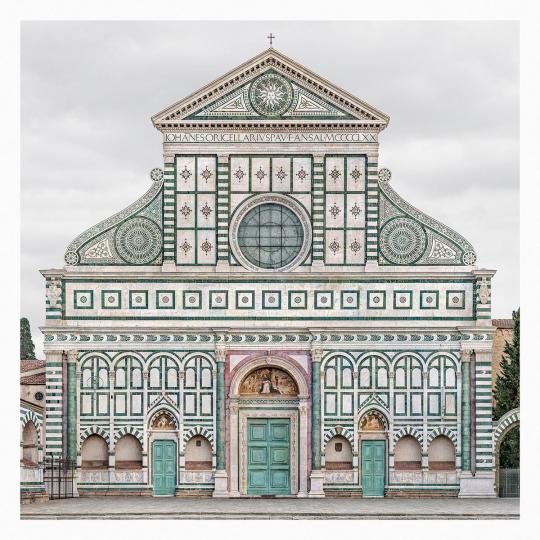#yossi milo
Text


Above are two of the colorful paintings from Navot Miller's exhibition, Eurovision, at Yossi Milo, in February of 2023.
From the press release-
With his distinctively vibrant palette, Navot Miller (b. 1991; Israel) draws from the flow of moments and memories in his own life, presenting the landscapes, architecture, and people he sees with fresh, inquisitive eyes. Growing up in a rural Israeli village, Miller found it difficult to express himself and his identity as a young gay person. Upon relocating to Berlin as an adult, he found a community of creatives who opened up new possibilities for self-expression. Among them were curator Joel Mu, who introduced Miller to Berlin’s alternative art scene, and instructors Michael von Erlenbach and Kathrin Ruhlig, who became his most significant mentors. Today, Miller’s bold, colorful palette has become a means of expressing the parts of himself that remained hidden during his childhood. The new body of work in Eurovision presents the artist’s past year living in Berlin and traveling through Europe. Nodding to the hit international singing competition of the same name, Eurovision encapsulates Miller’s experiences while journeying across a continent, collecting memories and forging relationships along the way.
The series of paintings presented in Eurovision focuses on those precious memories gathered during travel and the quiet yet meaningful moments of the everyday, offering colorful, candid snapshots from the artist’s life as he sees it. To capture these moments, Miller takes hundreds of photos as they pass, revisiting them later as the source material for his paintings. Amalfi Coast (2022) is painted from one such snapshot, depicting a group of vacationers as they lounge on a cliff by the Mediterranean Sea. Beyond the water’s edge, the complex topography of the rocky shore is simplified into flat planes of color. At the scene’s foreground, a man peers over the cliff’s edge, ensuring the waters below are safe for diving. Miller identifies the man as a father who, out of concern for his son out of view, scans the scene for any potential danger. Foregoing the climactic moment of the dive itself, Miller zooms in on this moment of preparation, quietly celebrating the familial love and the protective care between father and son.
A similar glimpse into the subtleties of intimacy is granted in Terraza (2022), which depicts a gathering of six men lounging on a Berlin terrace. Totally at ease, the men converse, cuddle, and convene in this scene of uninhibited repose. The commanding colors of Miller’s vibrant palette amplify what seems to be a hot summer day, as evidenced by the semi-nude men gathered outdoors. In terms of the painting’s composition, their bodies are the only portions of the work that the artist has blended. They consequently take on a depth and dimensionality that is absent from the rest of the rendering, bringing them into sharp relief against the flattened forms of their background. In this painting, Miller brings focus to the men who gather on this sunny terrace as a celebration of the simple pleasure of gathering on a summer’s day, and the joy of letting an evening’s events unfold as they may.
#navot miller#yossi milo#yossi milo gallery#nyc art shows#painting#art#art shows#chelsea art galleries#chelsea art shows
1 note
·
View note
Text
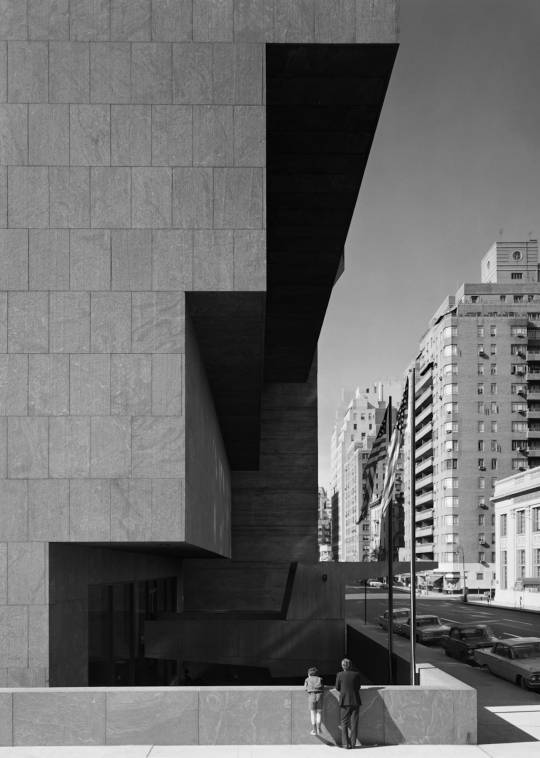
Ezra Stoller - Whitney Museum, New York, 1966
27 notes
·
View notes
Text

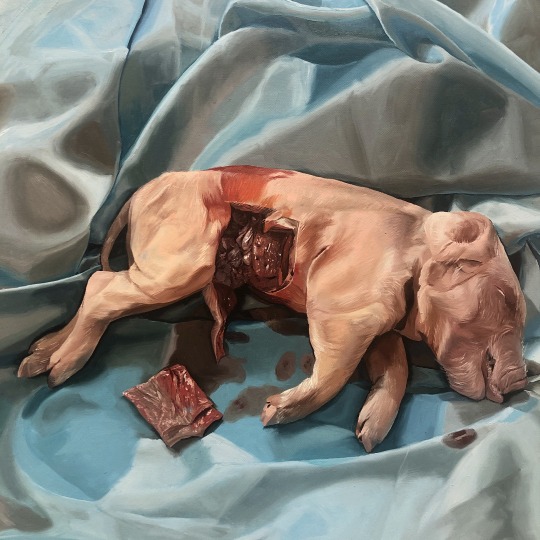



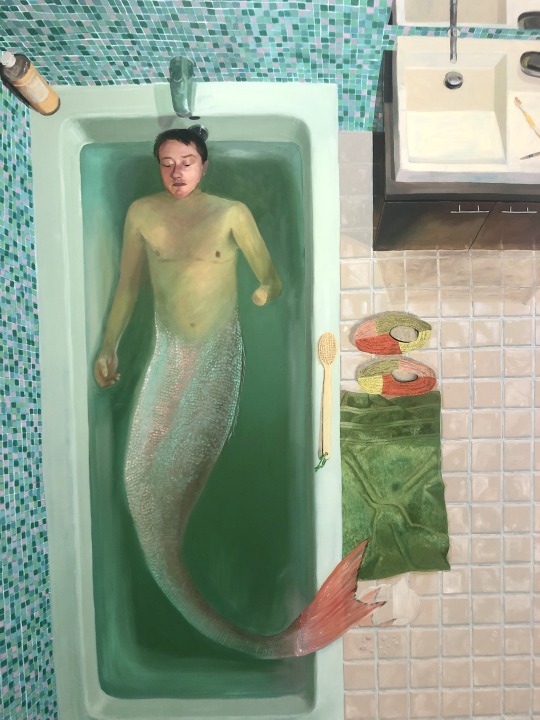

LINUS BORGO: MONSTRUM
NOVEMBER 30, 2023 - FEBRUARY 3, 2024
YOSSI MILO
245 Tenth Avenue
New York, NY 10001
29 notes
·
View notes
Text
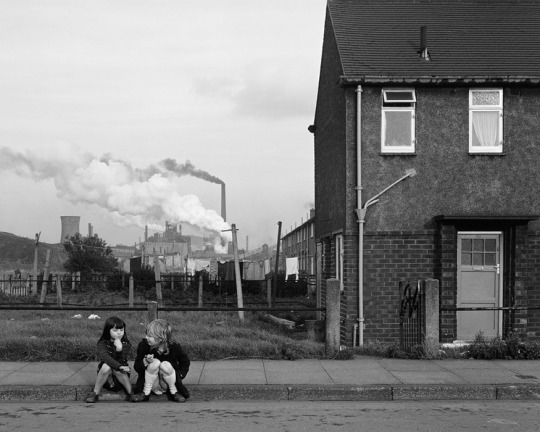
Chris Killip, Two Girls, Grangetown, Middlesborough, Teeside, 1976. Courtesy Yossi Milo Gallery
23 notes
·
View notes
Text

Fairies I 1, 2020
© Kathrin Linkersdorff
Courtesy of the artist and Yossi Milo Gallery
18 notes
·
View notes
Photo
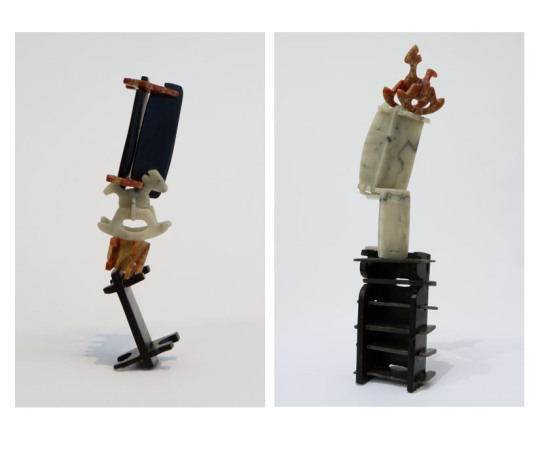
THE FRIDAY PIC shows a pair of little sculptures, under 10″ tall, from Natia Lemay’s new solo show at Yossi Milo gallery in Chelsea. I wrote a few words about these pieces for today’s New York Times, pasted at the bottom of this post.
But I didn’t have space to discuss how Lemay’s work reveals the complexities of any discussion of “native culture,” rather than taking the concept for granted. As I said in the Times, the format of Lemay’s carvings gives them links to totem poles — usually associated with First Nations of the West Coast. The soapstone they are carved from tends to evoke the Inuit and Eskimo peoples of the far north, and their vexed relationship with “fine-art sculpture” in the European sense. So what does it mean for a fine artist like Lemay, with roots among the Mi’kmaq of the East Coast, to call on those “foreign” traditions? Her pieces don’t answer that question, but they manage to raise it in powerful ways.
And here’s my Times review:
Three tiny sculptures, each less than 10 inches tall, fill all the psychic room in Natia Lemay’s solo at Yossi Milo.
She stacks up miniature versions of banal furnishings — a chair, a sofa, a rocking horse — glued one on top of the other. Carved from soapstone, they copy the crude softwood miniatures that kids build from dollhouse kits.
Lemay was born into hardship in Toronto, with roots in African-Canadian culture and among the Mi’kmaq peoples of Canada’s East Coast. Her generic home goods seem to commemorate the rough years she spent moving between public housing, homeless shelters and low-end rentals. I think of her sculptures as “memory towers,” and their diminutive scale seems to concentrate their energies rather than diminish them. (Don’t memories always feel small — small enough to fit into a skull?)
Lemay links her towers to the Native art of the totem pole, which makes sense in terms of their form and mnemonic function.
The soapstone she uses, some of which came to her from her father, also recalls Indigenous crafts. Using that material to render the troubled urban world she has known, Lemay claims it as her continuing birthright. She reclaims it from the decades it has spent in the tourist trade.
There are also 20 oil paintings in Lemay’s show. To me, they accept the authority of the old master tradition rather than pushing back against it. But then, I feel that way about most recent painting. Lemay’s terrific little sculptures seem more like hand grenades, primed to blow a hole in our hierarchies.
25 notes
·
View notes
Photo

Chris Killip
https://newyorkarttours.com/blog/2016/02/26/chris-killip-at-yossi-milo-gallery/chris_killip/
41 notes
·
View notes
Text




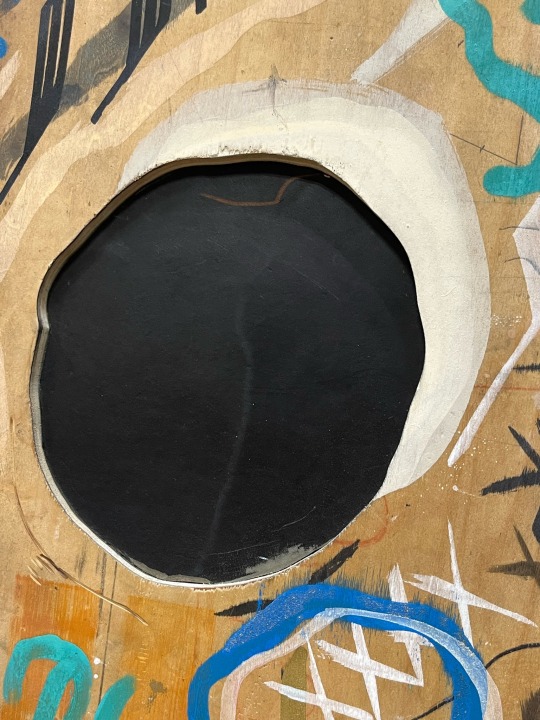
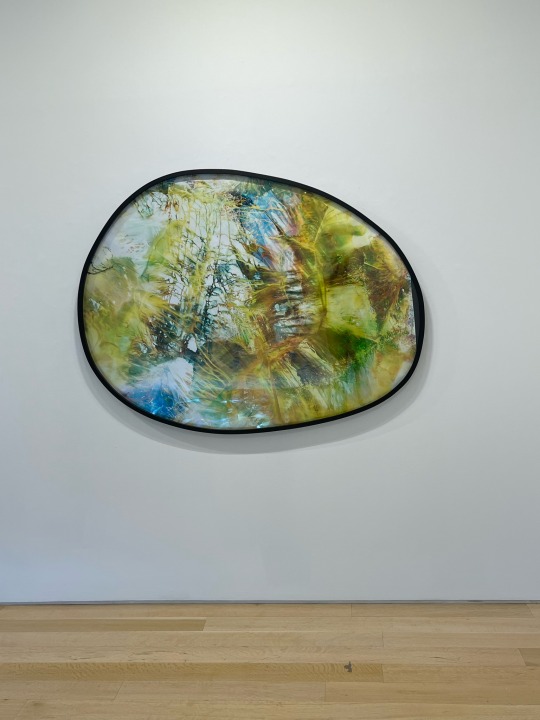


1 Rae Klein @ Nicodim
2 Ibrahim Said @ Yossi Milo
3 Sam Gilliam @ Michael Rosenfeld Gallery
4 Rebecca Morris @ Bortolami
5 Matthew Kirk detail
6 Mariah Robertson @ Van Doren Waxter
7 Yannis Tsarouchis @ Alexandros Soutsos Museum
8 Yannis Tsarouchis @ Alexandros Soutsos Museum
12 notes
·
View notes
Photo

Posted @withrepost • @space_z_space Space Z的首个视觉试验项目,由先锋数码摄影师西蒙·乔安的作品,构成的一段独特的视觉阐述。 The first experiment of Space Z is a narration constructed by a set of fantastic works by @simenjohan. Images ©️ Simen Johan, Courtesy Yossi Milo Gallery, New York Site photographs by Jiang Hao #zengfanzhi #simenjohan #photography #contemporaryart #photographer (at Beijing, China) https://www.instagram.com/p/ClrCxCtrCC9/?igshid=NGJjMDIxMWI=
5 notes
·
View notes
Photo
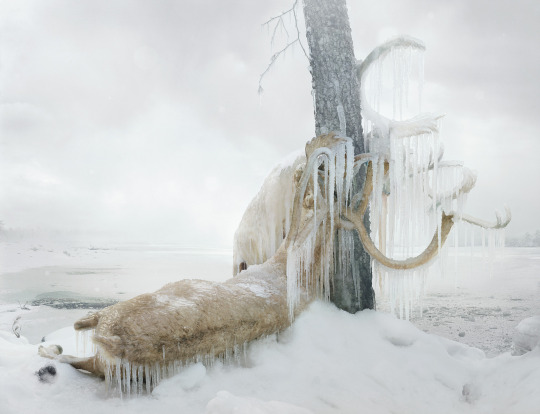
Simen Johan of Yossi Milo Gallery, Untitled #159 (2010) from the series Until the Kingdom Comes
Conversation between Proof of National Geographic & Simen Johan
PROOF: Your work shares some of the same subjects as traditional nature photography and might even be mistaken for it, but your conceptual approach is very different. Are you influenced by that kind of work?
SIMEN JOHAN: Some of my work emulates traditional nature photography, and there’s some intended irony in that. But there’s also sincerity, because I really do enjoy making beautiful images of nature. Beauty alone, though, doesn’t echo my experience of the world, which is more complex and multilayered, so in my versions of “nature photography” I also incorporate darker qualities.
PROOF: How does your process free you from the constraints of straight nature photography?
SIMEN: A few of my images actually are straight photographs, but because I’m more interested in what the world feels like rather than looks like, it’s rare that I see something that I want to simply photograph and not change at all. When constructing or manipulating images, I’m still limited by whatever raw material I’m able to capture on film, but I have more creative freedom to be imaginative.
PROOF: What are you trying to say that you couldn’t say in a straight photograph?
SIMEN: Nothing, really. I mean, I’m not a conventional photographer, the way a poet or a novelist is not a journalist, or a dramatic filmmaker is not a documentarian. The world as it appears is not enough of what I want to say. I like to create more than I like to observe.
PROOF: Is there a message in your project “Until the Kingdom Comes”? What themes are you playing with?
SIMEN: I work intuitively, and anything I might say about this work is afterthought. I do like to capture the world the way it appears when you look at things deeply and realize that things and situations are not what they appear. The familiar becomes unfamiliar and the boundaries between what’s real and unreal, or what’s beautiful and what’s threatening, begin to blur. The work is multilayered and open-ended, with biblical as well as political references scattered throughout, but ultimately it’s a visceral response that I’m after.
PROOF: What was your work like when you were first starting out as an artist? How has it changed?
SIMEN: I originally studied film, but financial constraints pushed me into photography. Before there was Photoshop, I was staging and collaging images and doing darkroom experimentation with chemicals and such. My technical abilities have evolved, the subject matter has changed from self-portraiture to children to nature, but the core essence of the work has pretty much stayed the same.
PROOF: Do you ever worry that someone who isn’t familiar with your work might mistake it for reality? Has that happened before?
SIMEN: It happens, and I like when it does, because it affirms how deceptive perception is. Reality is an illusion. Meaning is pliable. That being said, I hope there’s an experience to be had beyond the relevance of whether my work is real or not.
PROOF: What do you hope your work makes people think or feel?
SIMEN: I hope they’ll think less and feel more.
2 notes
·
View notes
Photo

Check out Kathrin Linkersdorff, Fairies VII / 2 (2023), From Yossi Milo Gallery
0 notes
Text







ORIT HOFSHI: NEBULOUS
MARCH 14 - APRIL 27, 2024
YOSSI MILO
245 Tenth Avenue
New York, NY 10001
1 note
·
View note
Text
Lauren Luloff
is a fiber artist that shows with Yossi Milo.
#laurenluloff
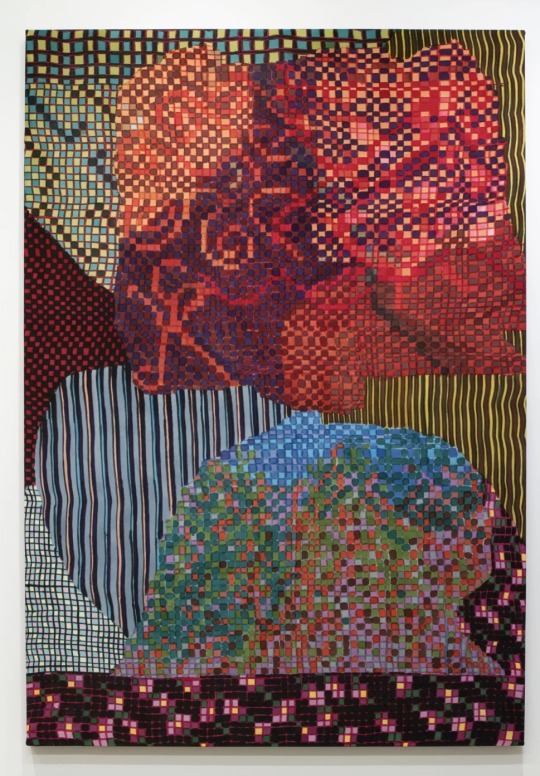
View On WordPress
1 note
·
View note
